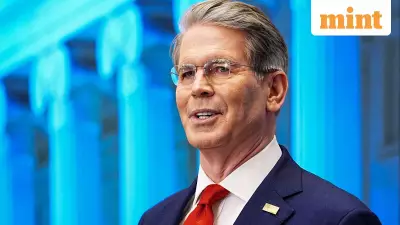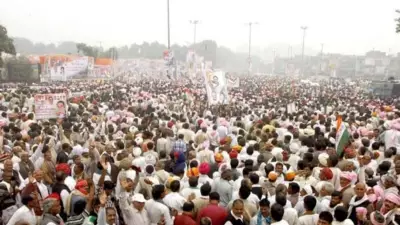
As toxic smog continues to choke Delhi and surrounding regions, turning the sky a grim grey and making breathing a health hazard, scientists are turning to an innovative but controversial solution: creating artificial rain to wash away the dangerous pollutants.
The Science Behind Cloud Seeding
Cloud seeding involves injecting substances like silver iodide, potassium iodide, or even simple salt into clouds to encourage rainfall. These particles act as "cloud condensation nuclei" – providing a surface for water vapor to condense around, eventually forming droplets heavy enough to fall as rain.
Think of it like providing a template for rain formation. When clouds have insufficient natural particles, they might hold moisture without releasing it. Cloud seeding gives them the necessary trigger to let go of their watery burden.
Delhi's Desperate Air Quality Crisis
The urgency for such interventions has never been greater. Recent air quality indices in Delhi have consistently shown "severe" or "hazardous" levels, with concentrations of PM2.5 – the most dangerous particulate matter – reaching 20-30 times the World Health Organization's safe limits.
This isn't just about reduced visibility or discomfort. Medical experts warn that breathing Delhi's air is equivalent to smoking multiple cigarettes daily, with severe consequences for respiratory health, cardiovascular function, and overall mortality rates.
IIT Kanpur's Ambitious Plan
Researchers at IIT Kanpur have developed a comprehensive cloud seeding proposal for Delhi. Their approach involves:
- Aircraft-based seeding: Using small aircraft to disperse seeding materials directly into promising cloud systems
- Advanced weather monitoring: Employing radar and satellite data to identify clouds with the highest potential for successful seeding
- Strategic timing: Targeting periods when meteorological conditions are most favorable, typically during November when moisture availability increases
The Global Precedent: Does It Actually Work?
Cloud seeding isn't a new concept. Several countries have employed it for various purposes:
- China: Used extensively to ensure clear weather during the 2008 Beijing Olympics
- United Arab Emirates: Regularly conducts cloud seeding operations to address water scarcity
- United States: Several western states use seeding to enhance snowfall in mountainous regions
However, the effectiveness for pollution control remains debated. While rain undoubtedly washes away airborne particles, the impact is typically temporary, lasting only until pollution sources continue emitting new contaminants.
The Significant Challenges and Concerns
Cloud seeding faces several substantial hurdles in the Indian context:
- High costs: A single cloud seeding operation can cost crores of rupees
- Regulatory complexity: Requires multiple approvals from aviation, environmental, and security authorities
- Ethical questions: Concerns about "stealing rain" from neighboring regions
- Environmental impact: Potential ecological consequences of introducing foreign substances into the atmosphere
- Unpredictable results: Success depends heavily on existing weather conditions
A Temporary Fix or Long-term Solution?
Most experts agree that cloud seeding should be viewed as an emergency measure rather than a permanent solution. While it might provide temporary relief during particularly bad pollution episodes, it doesn't address the root causes: vehicle emissions, industrial pollution, construction dust, and agricultural burning.
The real solution lies in comprehensive pollution control measures, transitioning to cleaner energy sources, improving public transportation, and enforcing existing environmental regulations more strictly.
As Delhi gasps for clean air, cloud seeding represents both the desperation of the situation and human ingenuity in facing environmental challenges. Whether it becomes a practical solution or remains a scientific curiosity depends on both technological success and broader policy changes.





